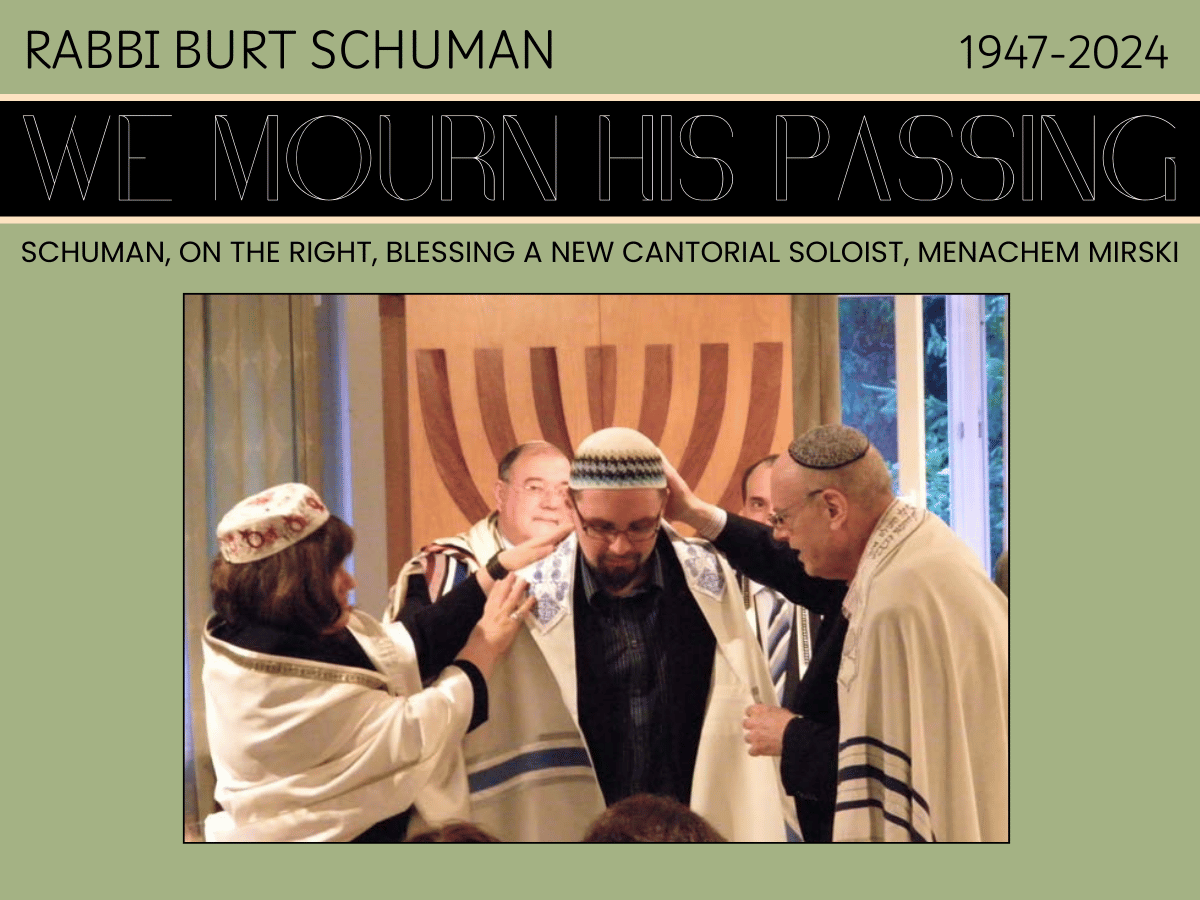
Menachem Mirski
Thoughts on Parashat Bereshit (Gen 1:1-6:8)
The earth brought forth vegetation: seed-bearing plants of every kind, and trees of every kind bearing fruit with the seed in it. And God saw that this was good […]God said, “Let the waters bring forth swarms of living creatures, and birds that fly above the earth across the expanse of the sky.” […] God said, “Let the earth bring forth every kind of living creature: cattle, creeping things, and wild beasts of every kind.” And it was so. (Gen 1:12; Gen 1:20; Gen 1:24)
I purposefully selected verses emphasizing the “actions of the Earth” in the description of Creation, to show that even according to the Biblical narrative the creation of life on Earth occurred in different stages and that perhaps it did not entail only the acts of a Supreme Being, a divine “Abracadabra”, but a gradual emergence of life according to specific rules – rules that we are still discovering.
In Rabbinical sources and in the writings of Jewish philosophers (Maimonides, Nachmanides, Crescas, Mendelsohn etc.) a debate takes place over the definition of a miracle. We’ll find there among others a familiar definition of a miracle as something beyond the laws of nature, something that transcends these laws or even contradicts them. But there is one problem: the notion of “nature” does not appear at all in the Hebrew Bible and therefore this entire discussion seems to result from applying conceptual frameworks derived from Greek philosophy to the original Hebrew text. Therefore, since in the Biblical context we cannot talk about nature, neither can we assume the existence of something “supranatural”, which is supposed to be above nature and transcend it.
The only concept that appears in the Bible in this context is the notion of creation. This idea is supported by the Rabbinical concept of “daily life miracles.” It doesn’t mention “exceptions to the laws of nature”, claiming instead that the very fact that life exists, all the changes taking place in the world etc. are indeed miracles. This concept does not intend to set our ideal realm against our empirical reality. It is a message telling us what kind of stance we should adopt towards the world: We should treat every moment of our lives as unique and miraculous. And be thankful for it. Every person can develop such a mindset, provided they fulfill certain conditions. What kind of conditions? I encourage those who are not sure to ask questions.
To conclude: The Biblical description of Creation abounds with a variety of contents, both cosmological and anthropological, but it’s the latter theme that is of primary importance. The Torah does not teach us “how things are” (this is taught by science, and the Torah definitely provides a space for it). Instead, it tells us what kind of stance we should adopt towards the unfolding events. By doing so it defines our place within the universe. And what kind of place is that? We will have plenty of opportunities to discuss it.
POLISH TRANSLATION
Deifikacja ewolucjonizmu? Refleksje nad paraszą Bereszit (Gen 1:1-6:8)
I wydała ziemia roślinę – zielę, rozsiewające nasienie podług rodzaju swojego i drzewo rodzące owoc, w którem nasienie jego było, podług rodzaju swojego. I widział Bóg, że dobrze […] I rzekł Bóg: “Niech się zaroją wody rojem jestestw żyjących, a ptactwo niech się unosi nad ziemią, na przestworze niebios. […] I rzekł Bóg: “Niech wyda ziemia jestestwa żyjące podług rodzajów swoich: bydło i płazy, i zwierzęta lądowe podług rodzajów swoich!” I stało się tak. (Gen 1:12; Gen 1:20; Gen 1:24, przeł. I. Cylkow)
Celowo dobrałem wersety uwydatniające „działania Ziemi” w opisie stworzenia, by pokazać, iż również według narracji biblijnej powstanie życia na ziemi miało swoje etapy i być może nie chodzi tu wyłącznie o akty Istoty Najwyższej, boskie „Abra kadabra”, lecz stopniowe wyłanianie się życia według określonych zasad. Zasad, które wciąż odkrywamy.
W źródłach rabinicznych i pismach żydowskich filozofów (Majomonides, Nahmanides, Crescas, Mendelssohn itd.) mamy debatę o tym czym jest cud. Znajdujemy w niej m.in. znaną nam definicję cudu, jako czegoś stojącego ponad prawami natury, czegoś co ponad te prawa wykracza, lub im zaprzecza. Problem w tym, że Biblia hebrajska w ogóle nie zna pojęcia „natury” i cała ta dyskusja wydaje się być wynikiem nałożenia pochodzących z filozofii greckiej schematów pojęciowych na źródłowy, hebrajski tekst. Skoro więc nie możemy w kontekście biblijnym mówić o naturze, to nie możemy też mówić o „nadnaturze” – o czymś co stoi nad nią i ją przekracza.
Jedyną koncepcją jaką w tym aspekcie operuje Biblia jest koncepcja stworzenia. I wsparciem dla tej koncepcji jest rabiniczna koncepcja „cudów dnia powszedniego”. Nie ma w niej mowy o „odstępstwie od praw natury”. Jej treść jest nastpująca – cudem jest sam fakt istnienia życia, przemian w świecie etc. To nie jest koncepcja mająca na celu konfrontację naszych idei z empirią. To jest przesłanie, które mówi nam jaką postawę powinniśmy przyjąć wobec świata: każdy moment swojego życia powinniśmy traktować jako wyjątkowy, cudowny. I za niego dziękować. Ten stan świadomości jest osiągalny dla każdego człowieka, po spełnieniu pewnych warunków. Jakich? Tych, którzy nie mają pewności zapraszam do zadawania pytań.
Konkludując: biblijny opis Stworzenia obfituje w sporą różnorodność treści, i kosmologicznych, i antropologicznych, te drugie mają jednakże prymat. Tora nie uczy nas „jak rzeczy się mają” (tego uczy nas nauka, dla której Tora stwarza jak najbardziej przestrzeń), lecz jaką postawę winniśmy wobec biegu rzeczy przyjąć. I w ten sposób określa nasze miejsce we wszechświecie. Jakie to miejsce? Wrócimy do tej kwestii jeszcze nie raz.
Menachem Mirski is a rabbinic student at American Jewish University
Translated from Polish by: Marzena Szymańska-Błotnicka


















Leave a Reply